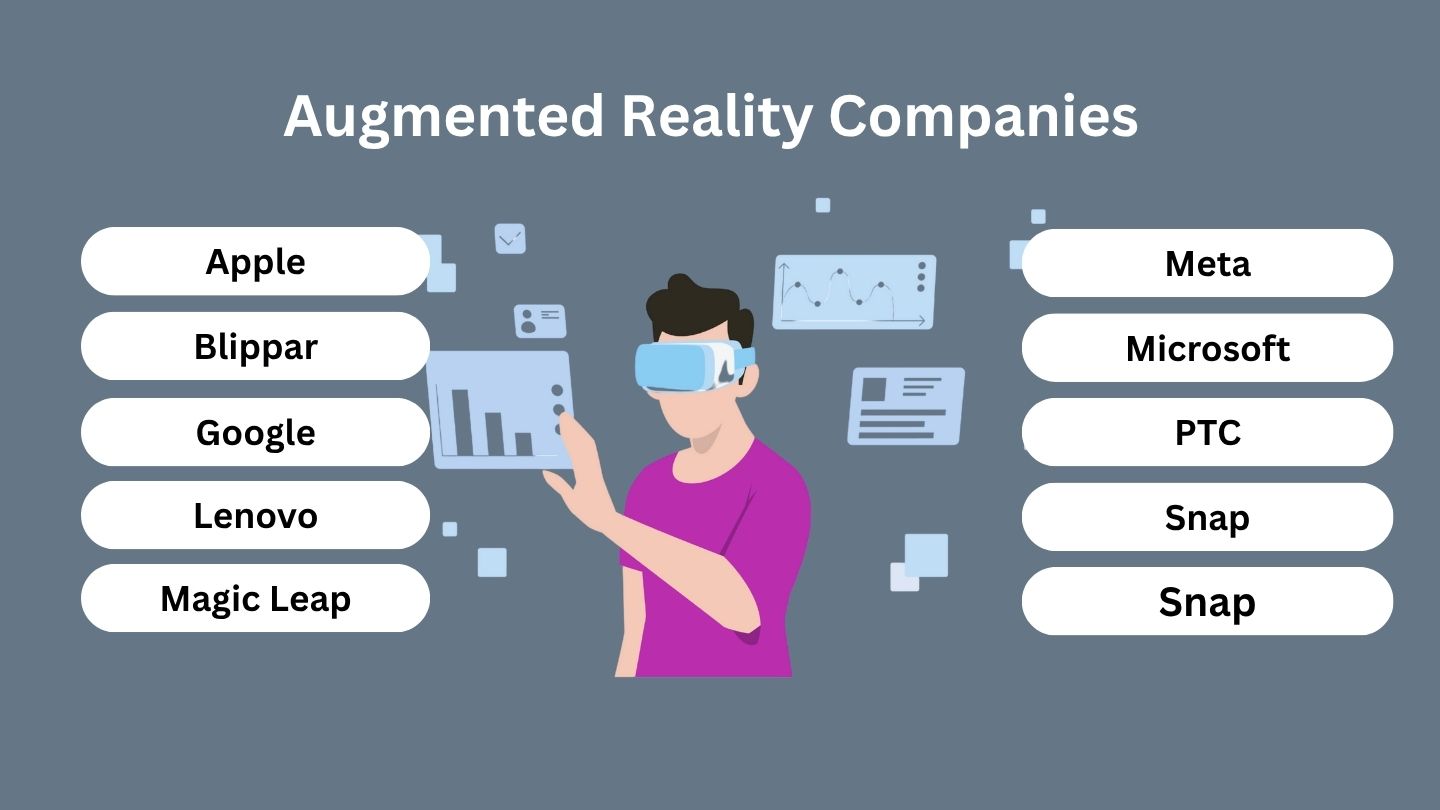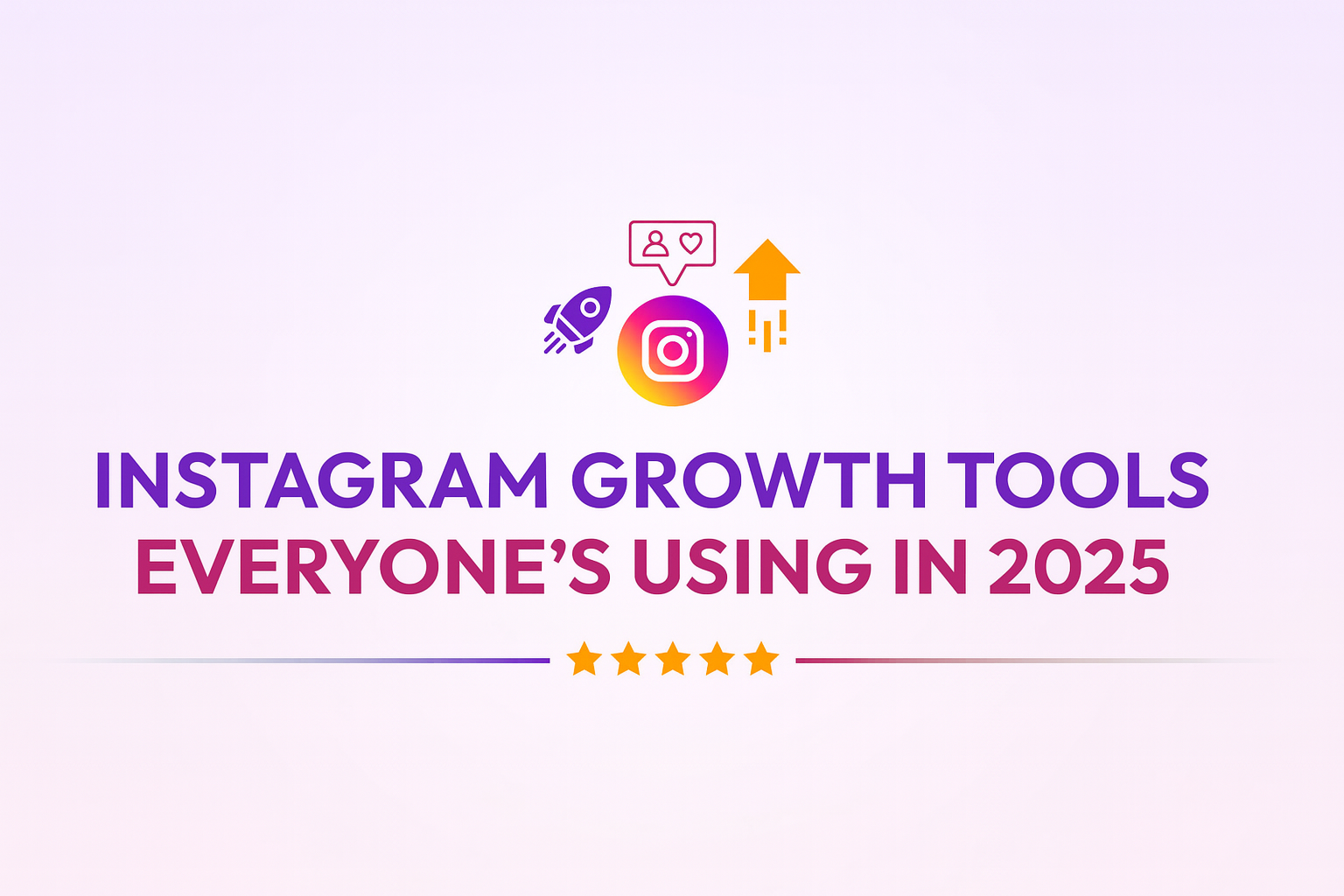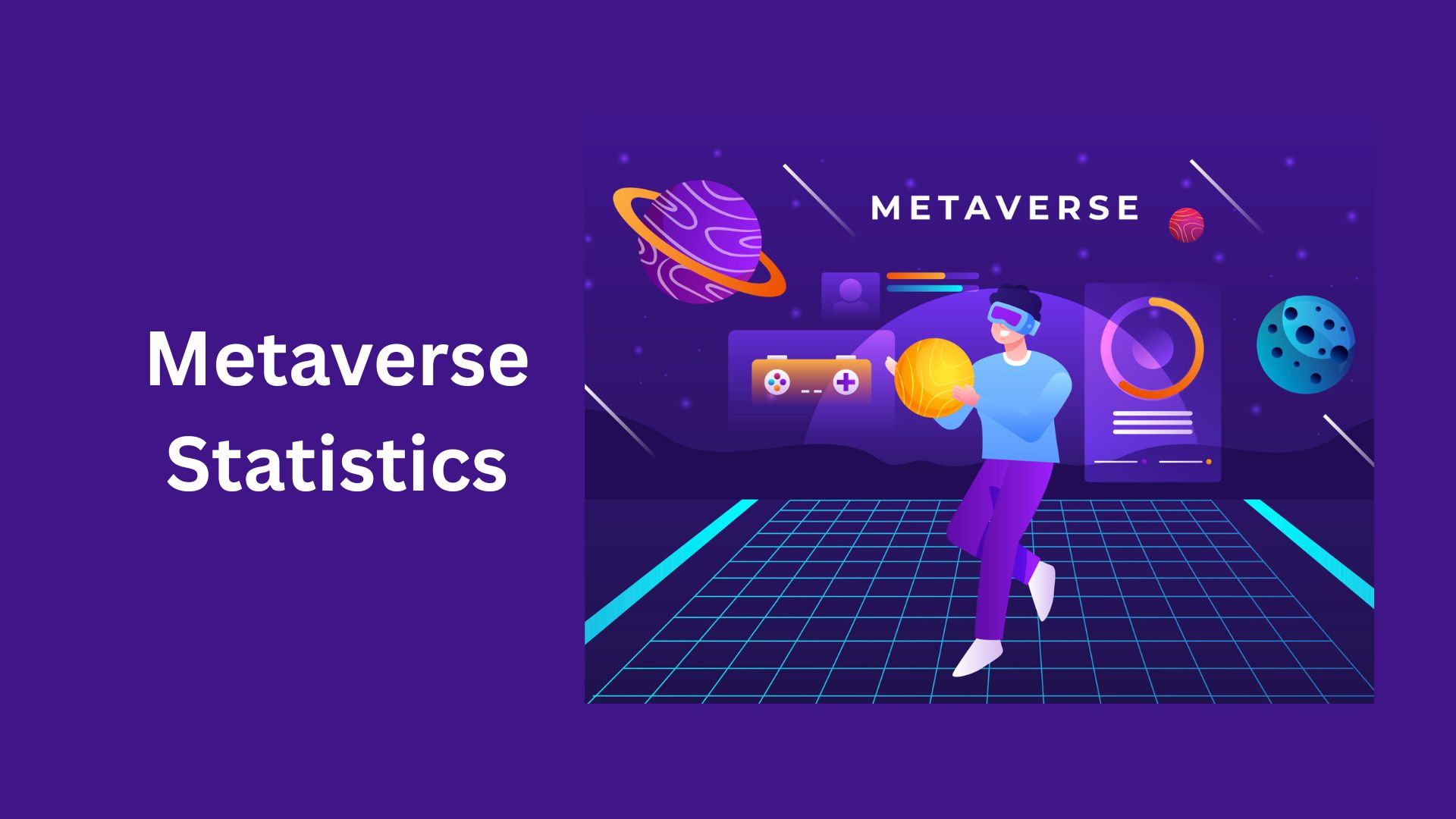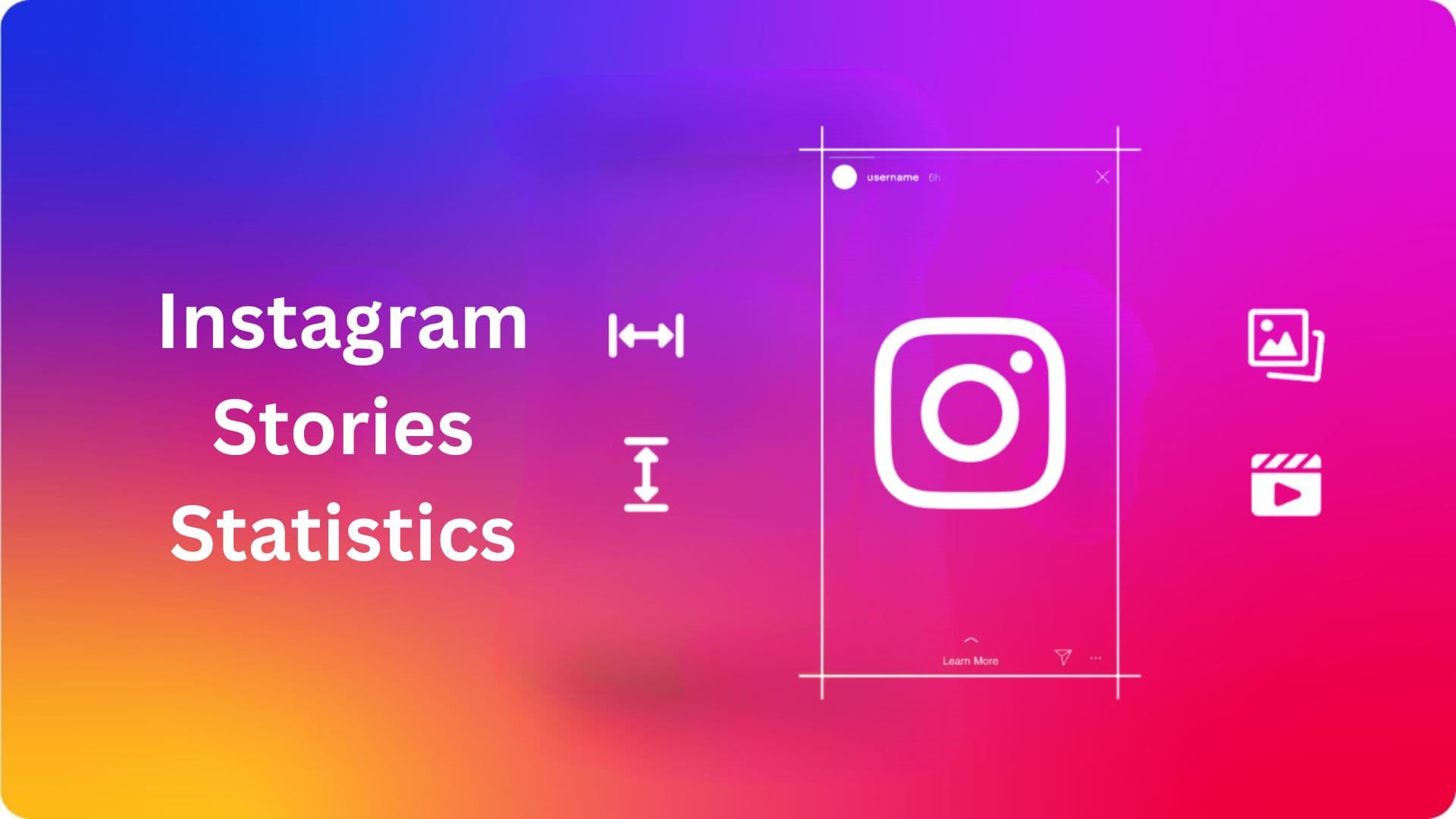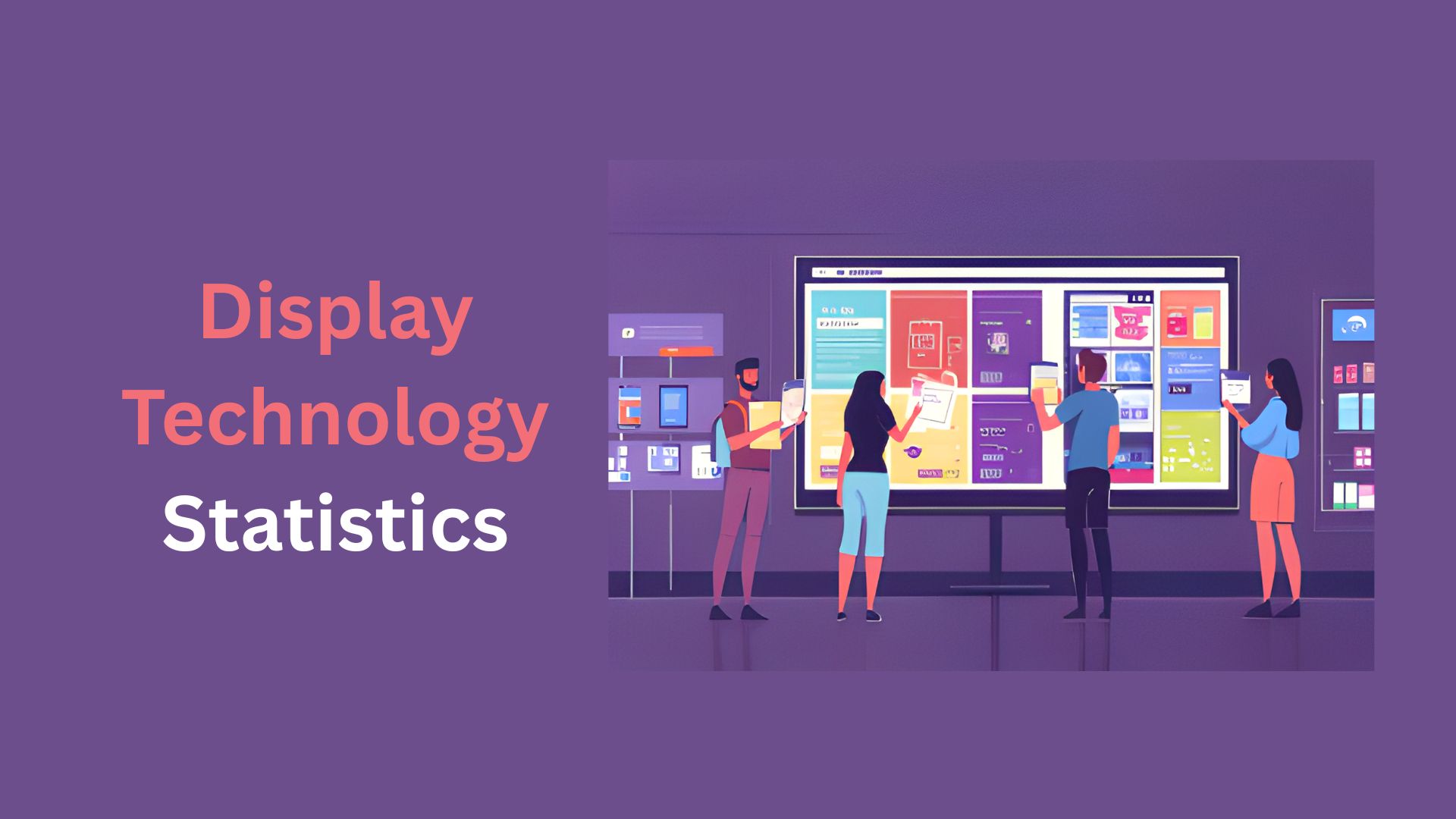6 Tech Innovations That Are Transforming Music Festivals in 2025
Updated · Jul 30, 2025
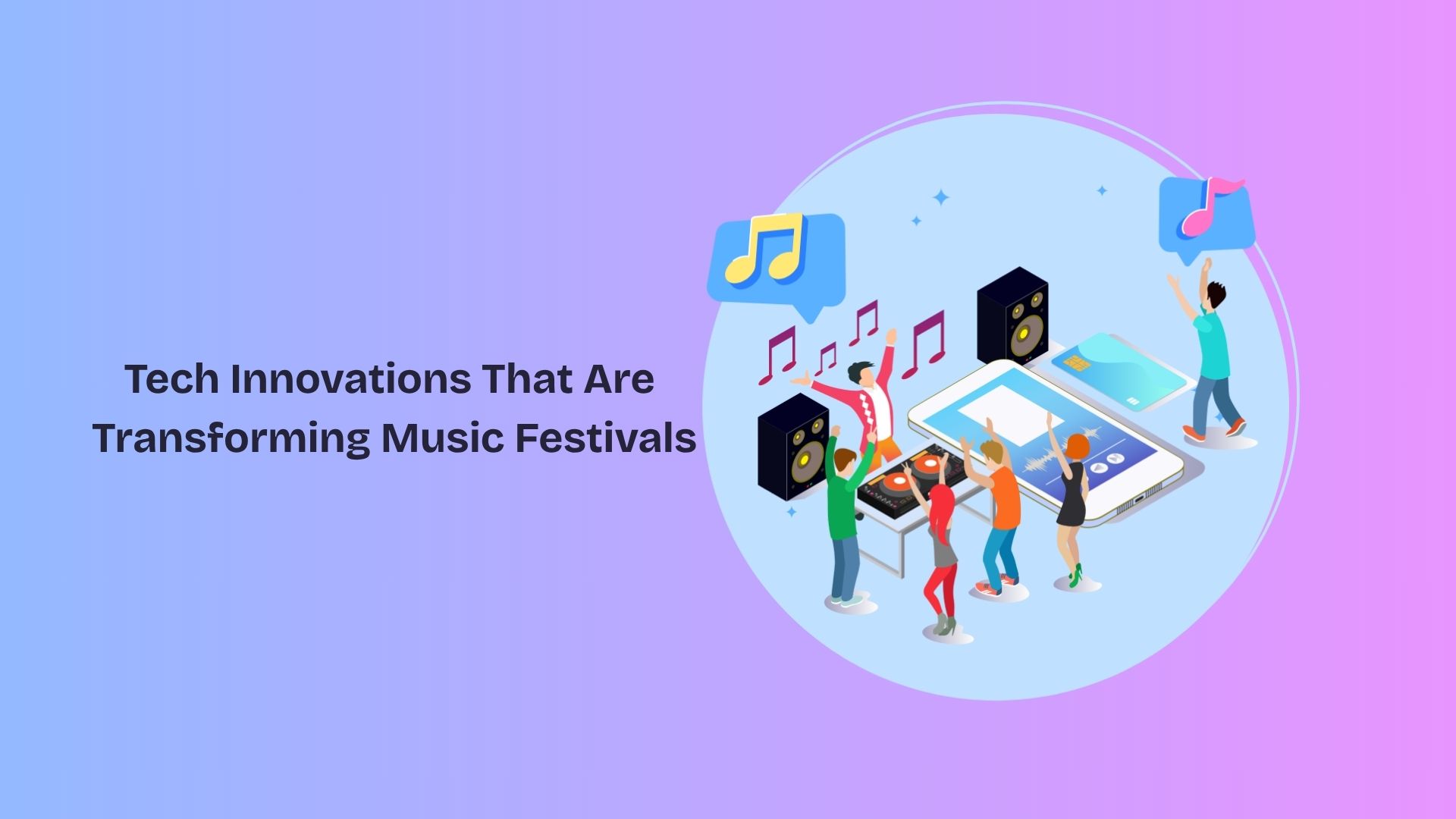
Table of Contents
- Immersive Augmented Reality Experiences
- Advanced Biometric Crowd Management Systems
- RFID Wristbands and Seamless Event Integration
- AI-Powered Personalized Scheduling and Recommendations
- Sustainable Technology Solutions
- Holographic Performances and Remote Artist Integration
- The Future of Festival Experiences
The music festival landscape has undergone a dramatic transformation in 2025, with cutting-edge technology reshaping every aspect of the live music experience.
From the moment attendees purchase their tickets to their journey home after the final encore, innovative solutions are creating more immersive, efficient, and memorable experiences.
These technological advances are not merely add-ons to the traditional festival format but fundamental reimaginings of how large-scale events can operate in the digital age.
Immersive Augmented Reality Experiences
Augmented reality has evolved far beyond simple smartphone filters to become a cornerstone of festival entertainment.
Major festivals now deploy AR zones where attendees can interact with virtual art installations that respond to their movements and emotions through advanced biometric sensors.
These installations often tie directly into the performing artists’ music, creating synchronized visual experiences that blur the lines between digital and physical performance spaces.
The technology extends to navigation and discovery, with AR overlays providing real-time information about stage schedules, artist backgrounds, and even personalized recommendations based on listening history.
Attendees can point their devices at any stage or vendor to receive instant information, reviews from other festival-goers, and integration with social media platforms.
Some festivals have introduced collaborative AR experiences where multiple users can interact with the same virtual objects, fostering community engagement in entirely new ways.
Advanced Biometric Crowd Management Systems
Festival safety and crowd control have been revolutionized through sophisticated biometric monitoring systems that track crowd density, movement patterns, and even collective stress levels in real-time.
These systems use a combination of thermal imaging, motion sensors, and anonymized mobile device tracking to create comprehensive maps of attendee flow throughout festival grounds.
The technology enables proactive crowd management by predicting potential bottlenecks before they occur and automatically adjusting stage schedules, opening alternative pathways, or deploying staff to high-risk areas.
Emergency response capabilities have been dramatically enhanced, with systems capable of identifying medical emergencies through unusual movement patterns or extended stationary periods in high-traffic areas.
This predictive approach has reduced festival-related injuries by significant margins while improving overall attendee comfort and safety.
RFID Wristbands and Seamless Event Integration
Radio Frequency Identification technology has matured into the backbone of modern festival operations, with RFID-enabled wristbands serving as multifunctional tools that streamline virtually every aspect of the attendee experience.
These sophisticated RFID wristbands at events now incorporate contactless payment systems, access control, social networking features, and personalized experience tracking all within a single, waterproof wearable device.
The wristbands are used at events like festivals or corporate events, and the payment integration eliminates the need for cash or cards, with attendees simply tapping their wristbands at vendor locations, merchandise stands, and food courts.
The system supports pre-loading funds, automatic top-ups, and even splitting costs among groups of friends.
Beyond transactions, these wristbands serve as social connectors, allowing attendees to exchange contact information through simple wrist taps and automatically documenting shared experiences through proximity tracking.
AI-Powered Personalized Scheduling and Recommendations
Artificial intelligence has transformed how attendees navigate complex festival lineups through sophisticated recommendation engines that consider individual music preferences, social connections, and real-time event conditions.
These systems analyze streaming history, social media activity, and past festival behavior to create personalized schedules that maximize enjoyment while minimizing conflicts and travel time between stages.
The AI continuously adapts recommendations based on real-time factors such as crowd sizes at different venues, weather conditions affecting outdoor stages, and even the energy levels of previous performances.
Machine learning algorithms can predict which lesser-known artists might appeal to specific attendees based on musical similarity and social proof from users with comparable tastes.
Integration with social platforms allows the AI to factor in friend groups and social dynamics, suggesting meetup times and locations that work for entire groups while still accommodating individual preferences.
The system can even recommend optimal arrival times for specific performances based on historical crowd patterns and the user’s tolerance for crowded spaces.
Sustainable Technology Solutions
Environmental consciousness has driven remarkable innovations in festival sustainability, with solar-powered stages, biodegradable RFID components, and carbon offset tracking systems becoming standard features.
Smart grid technology allows festivals to optimize energy consumption across the entire event, automatically routing power from renewable sources and reducing waste through predictive load balancing.
Water management systems now incorporate IoT sensors that monitor usage patterns and automatically adjust supply to different areas of the festival grounds.
Waste reduction has been enhanced through app-based recycling programs that gamify environmental responsibility, rewarding attendees for proper disposal and sustainable behavior choices.
Digital ticketing and program systems have virtually eliminated paper waste, while blockchain technology ensures ticket authenticity without the environmental cost of physical production.
Some festivals have introduced carbon footprint tracking for attendees, providing real-time feedback on transportation choices, food consumption, and merchandise purchases to encourage sustainable decision-making.
Holographic Performances and Remote Artist Integration
The boundaries of live performance have expanded dramatically with holographic technology enabling artists to perform simultaneously at multiple festivals worldwide.
These aren’t simple video projections but sophisticated three-dimensional representations that interact with live musicians and respond to crowd energy in real-time.
The technology has opened new creative possibilities for artist collaborations, with performers on different continents sharing the same virtual stage.
Interactive holographic experiences allow deceased artists to perform alongside living musicians, creating unique historical moments that would otherwise be impossible.
Advanced haptic feedback systems integrated into festival venues allow audiences to feel the bass vibrations and even tactile elements of holographic performances, creating surprisingly convincing physical sensations that enhance the illusion of presence.
Some festivals have experimented with bidirectional holographic communication, allowing remote audiences to appear as ghostly presences at the live event, creating truly global shared experiences.
The Future of Festival Experiences
These technological innovations collectively represent a fundamental shift in how music festivals operate and how audiences engage with live music.
The integration of these systems creates synergistic effects that enhance safety, sustainability, personalization, and artistic possibility in ways that were unimaginable just a few years ago.
As these technologies continue to evolve and mature, they promise to make music festivals more accessible, environmentally responsible, and emotionally resonant for audiences worldwide.

Rohan Jambhale is a senior editor at Smartphone Thoughts. He specializes in digital marketing, SEO, and social media optimization. Rohan excels in creating and editing detailed articles, ensuring they are packed with accurate statistics that readers find valuable. As a senior editor, he meticulously reviews and verifies the quality of content from various writers before it goes live. Additionally, Rohan designs infographics to accompany the statistics, making the information more understandable and engaging. His dedication ensures that Smartphone Thoughts delivers high-quality and informative content to its readers.


